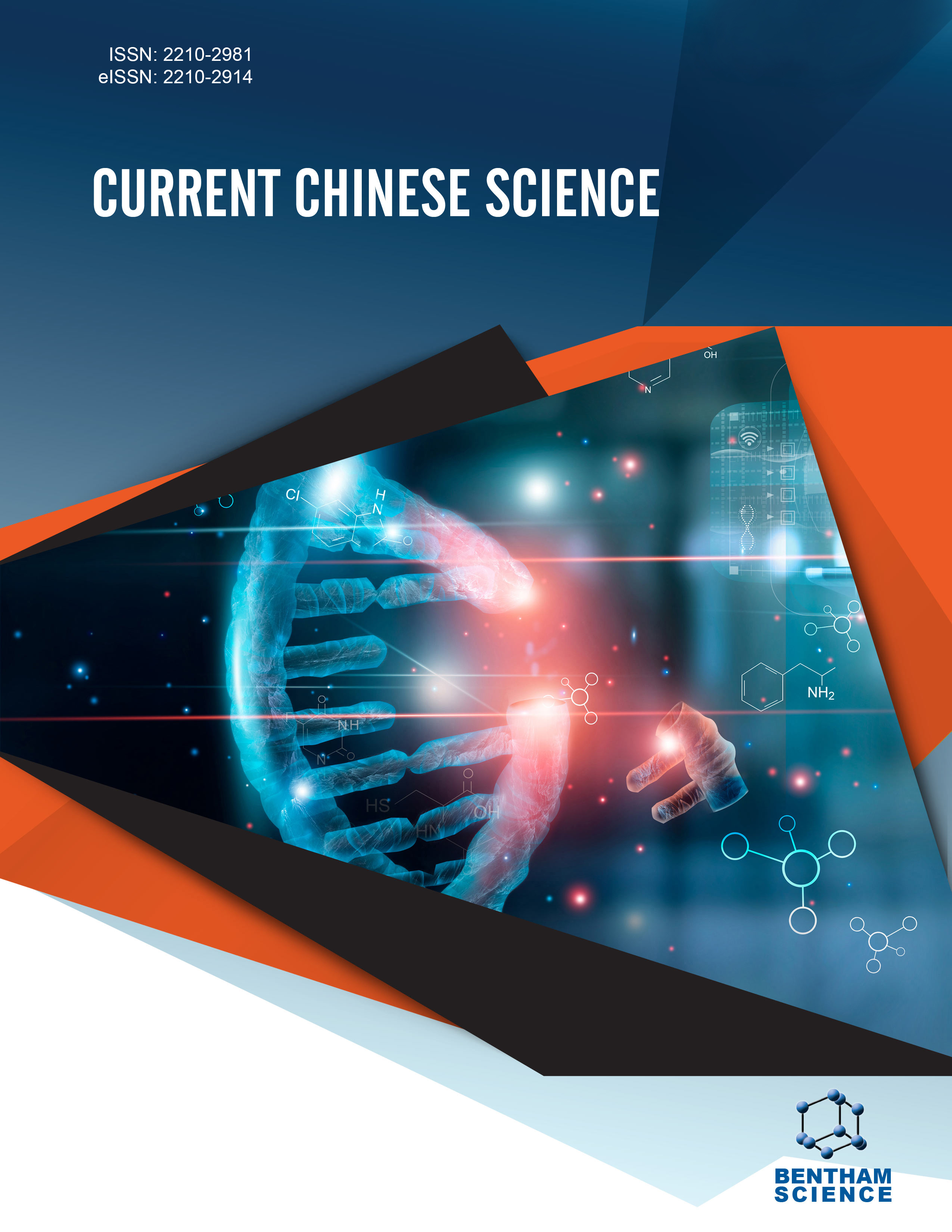
Full text loading...
We use cookies to track usage and preferences.I Understand
Numerous methods for computer-aided drug design (CAAD) have made it possible to create and synthesize new chemical entities. The utilization of in silico techniques and structure-based drug design (SBDD) facilitate the visualization of the ligand-target binding process, in addition to allowing the prediction of receptor affinities and important binding pocket locations.
The current research work was carried out to recognize novel quinoline derivatives designed specifically to bind with hepatocyte growth factor (HGF) receptors.
For the formation of quinolines derivatives, ChemAxon Marvin Sketch 5.11.5 was utilized. SwissADME and the admetSAR online web tools were exploited to predict the pharmacokinetic properties and the toxicity of compounds. Numerous software, including Autodock 1.5.7, MGL Tools 1.5.7, Biovia Discovery Studio Visualizer v20.1.0.19295, Procheck, Protparam tool, and PyMOL, were also used to determine the ligand-receptor interactions of derivatives of quinoline with the target receptor (PDB -1R0P).
Based on in silico research, it was found that all compounds were less toxic, orally bioavailable, and had the proper pharmacokinetic properties. When compared to the commonly used drug gefitinib, the docking scores of all newly created derivative compounds were higher.
An increased binding energy, the number of H-bonds generated, and interactions with quinoline analogues are significant parameters to be considered while constructing compounds that are most appropriate for additional investigation. The favorable pharmacokinetic profile of quinoline moiety was found to enhance its potential as a novel lung cancer treatment alternative and may help medicinal chemists to carry out more thorough in vitro, in vivo, chemical, and pharmacological research studies.

Article metrics loading...

Full text loading...
References


Data & Media loading...

